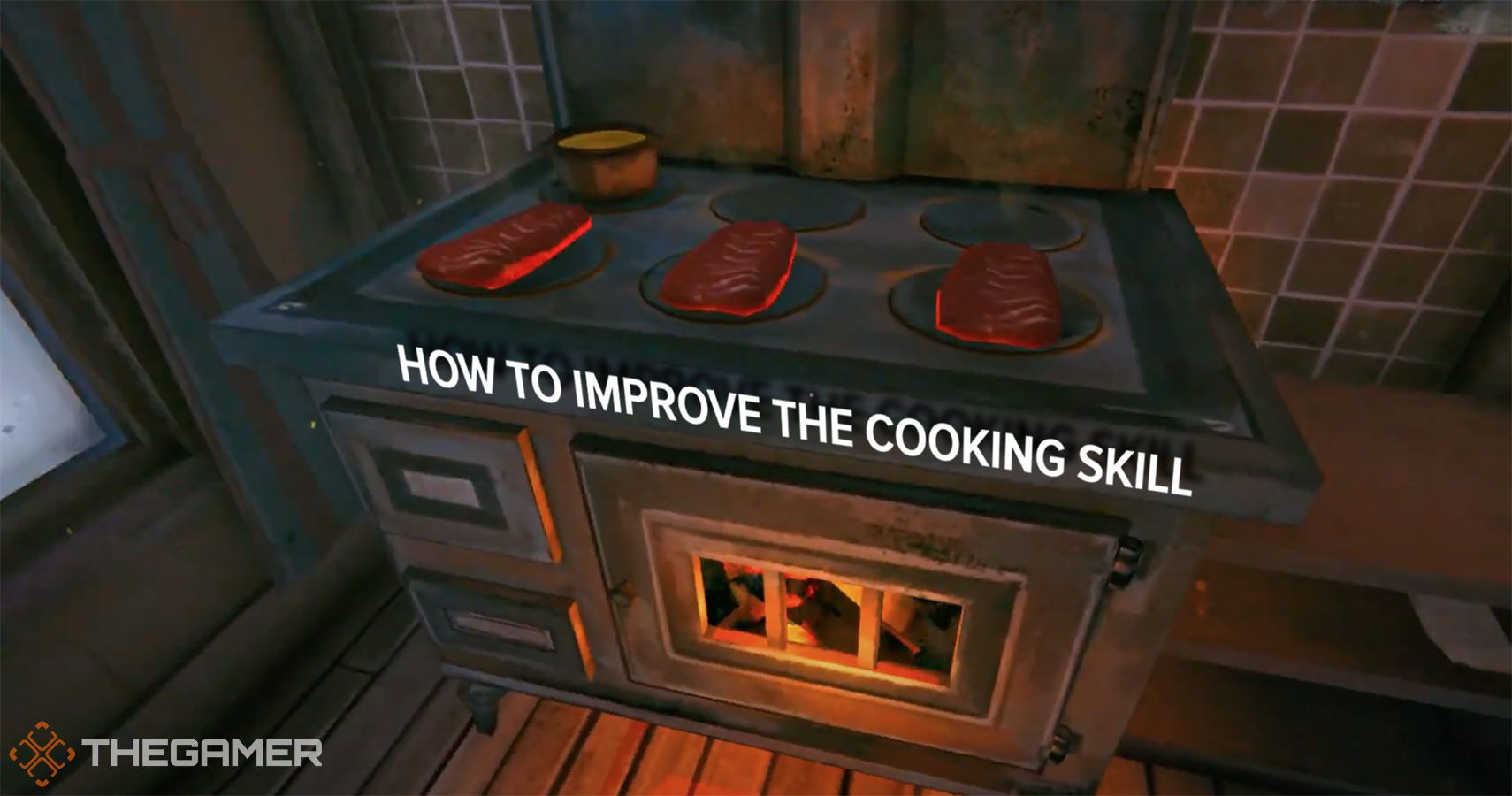
Dishes inspired by foreign food-in particular Chinese food-like ramen and gyōza, as well as foods like spaghetti, curry, and hamburgers, have been adapted to Japanese tastes and ingredients. Historically influenced by Chinese cuisine, Japanese cuisine has also opened up to influence from Western cuisines in the modern era. Japan also has many simmered dishes such as fish products in broth called oden, or beef in sukiyaki and nikujaga.

Apart from rice, a staple includes noodles, such as soba and udon. Seafood and vegetables are also deep-fried in a light batter, as tempura.

Seafood is common, often grilled, but also served raw as sashimi or in sushi. Side dishes often consist of fish, pickled vegetables, and vegetables cooked in broth. The traditional cuisine of Japan (Japanese: washoku) is based on rice with miso soup and other dishes there is an emphasis on seasonal ingredients. Keep an eye on cooking items to ensure they are finished before you eat them and be careful not to leave them too long or they could burn or boil dry.Japanese cuisine encompasses the regional and traditional foods of Japan, which have developed through centuries of political, economic, and social changes. You can also cook many items by placing them directly on hot cooking surface from the ground or from your Radial menu.Įach food item requires a different amount of time to cook. Your Survivor can do other things while it cooks, or can choose to Pass Time Until Ready by interacting an item that is in the process of cooking. The snow will gradually melt into water in real time.


This can be a campfire, fireplace, or wood stove. You can now bring up these options by interacting directly with a fire, or by interacting with a can or cooking pot that is placed on the fire's cooking spots. In Dec 2018, the way Survivors interact with fires to cook food, melt snow, and boil water was updated.


 0 kommentar(er)
0 kommentar(er)
